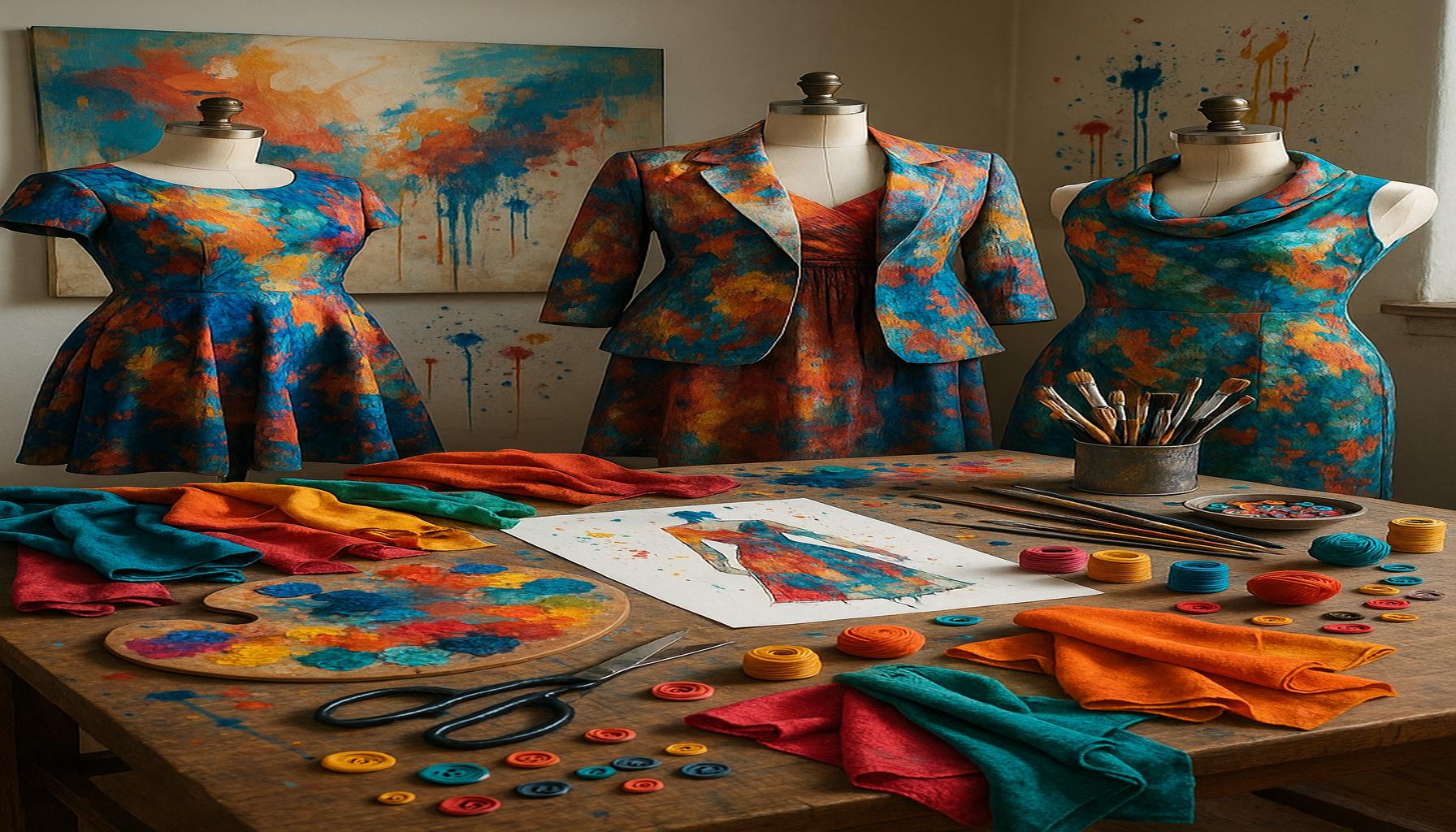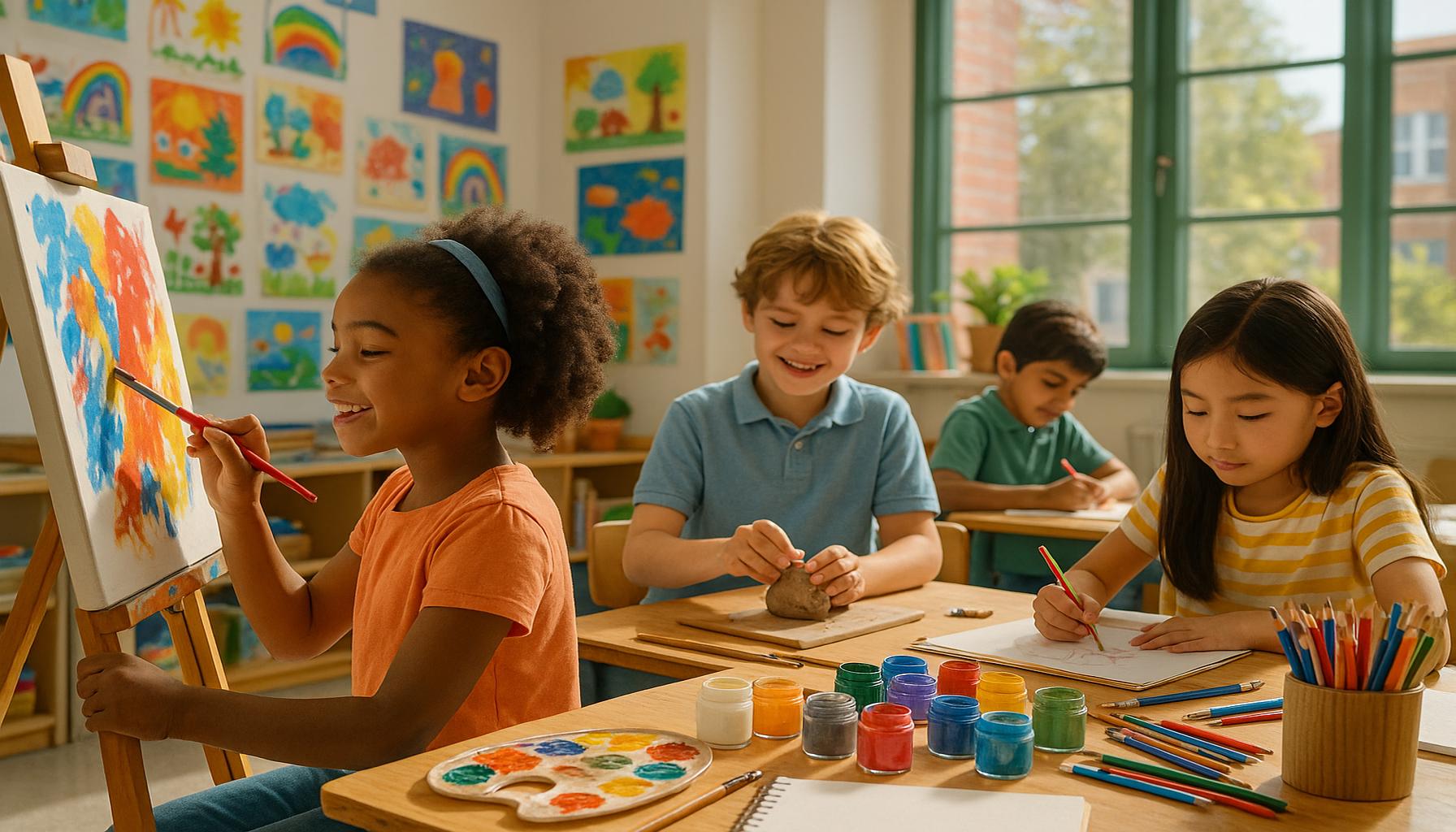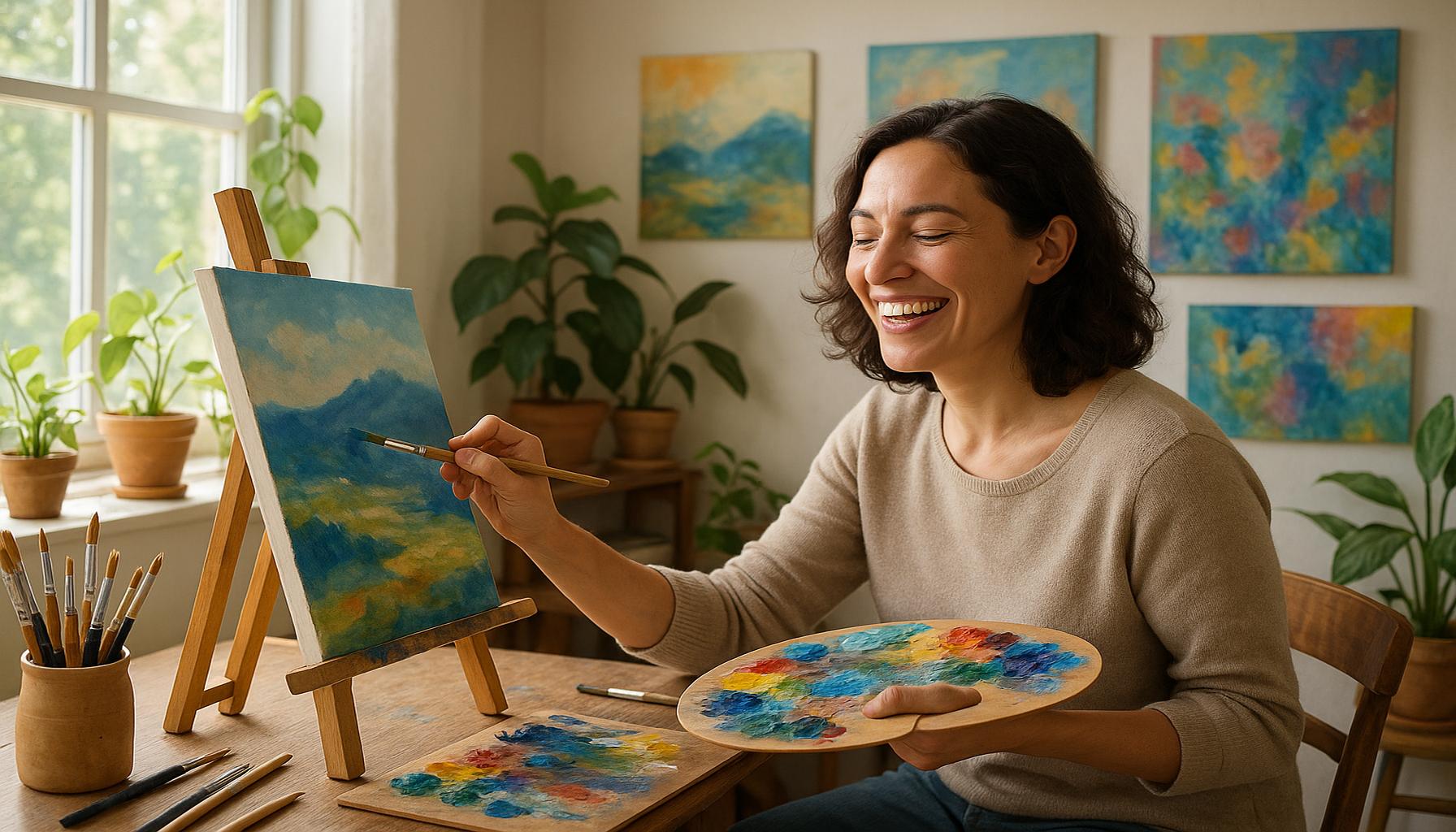The Evolution of Artistic Hobbies Over the Decades: A Historical Analysis
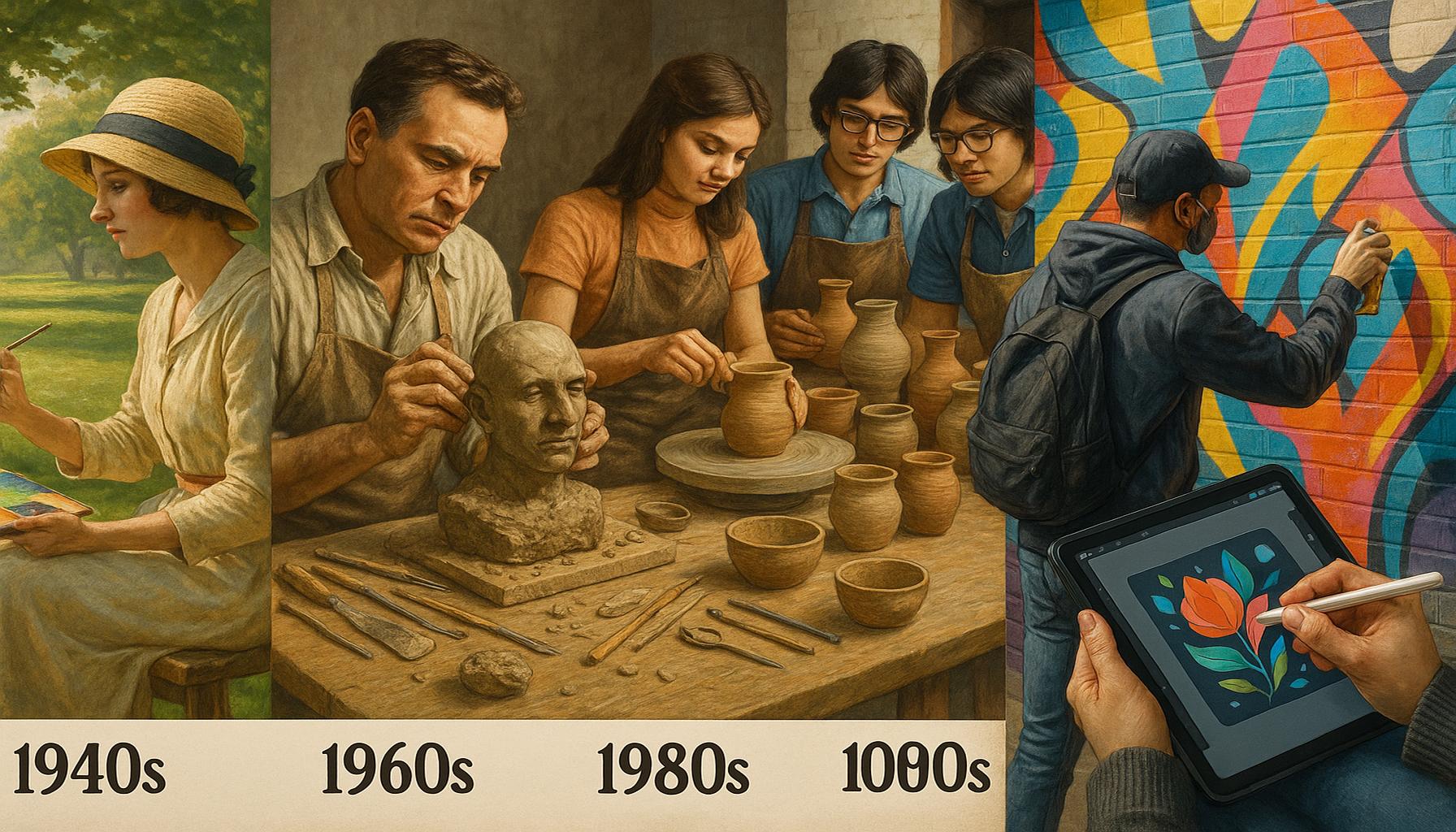
Changing Face of Artistic Expression
Art has always been a reflection of the times, and artistic hobbies have evolved dramatically through the decades, showcasing the intricate relationship between societal dynamics, technological changes, and personal creativity. As we explore various key periods in the 20th and 21st centuries, we uncover a vibrant landscape shaped by innovation, cultural movements, and a quest for community connection.
1920s-1940s: The Avant-Garde Movement
The early decades of the 20th century marked a significant departure from traditional styles, giving birth to modern art movements like Surrealism and Abstract Expressionism. Artists such as Salvador Dalí and Jackson Pollock challenged perceptions of reality and emotion through unconventional methods. Hobbies during this time saw an increase in interest towards painting and sculpture, often reflecting the tumultuous political climate of the era, including the aftermath of World War I and the Great Depression. Community centers and salons began to emerge, allowing budding artists to gather, share ideas, and push boundaries together.
1950s-1960s: The DIY Revolution
Following the war, the 1950s and 1960s ushered in a wave of creativity driven by the DIY movement. Individuals began exploring hobbies such as pottery, knitting, and crafts as a form of self-expression and personal empowerment. The emphasis on handmade goods resonated with the post-war desire for authenticity and connection, and local craft fairs began to flourish. This era also witnessed the rise of the Beat Generation, which encouraged artistic experimentation and paved the way for modern bohemian lifestyles.
1970s-1980s: Bold Innovations in Art
The 1970s and 1980s were characterized by a visual explosion of bold colors and techniques in painting, as artists began to embrace materials and approaches that had rarely been used before. This period saw the emergence of influential styles like Pop Art and Neo-Expressionism, with figures like Andy Warhol and Jean-Michel Basquiat leading the way. Photography, once seen as merely a tool for documentation, began to gain recognition as a legitimate art form; photographers like Cindy Sherman explored identity and culture in groundbreaking ways.
1990s-2000s: The Digital Transformation
With the advent of the internet, the digital revolution in the 1990s and 2000s transformed artistic practices. Graphic design and digital painting became increasingly accessible due to advancements in technology, enabling artists to create and distribute their work globally with unprecedented ease. Platforms such as DeviantArt provided a space for artists to showcase their pieces and connect with others, creating online communities that transcended geographical boundaries. This era also saw the rise of video art and digital installations, challenging traditional perceptions of art’s physical form.
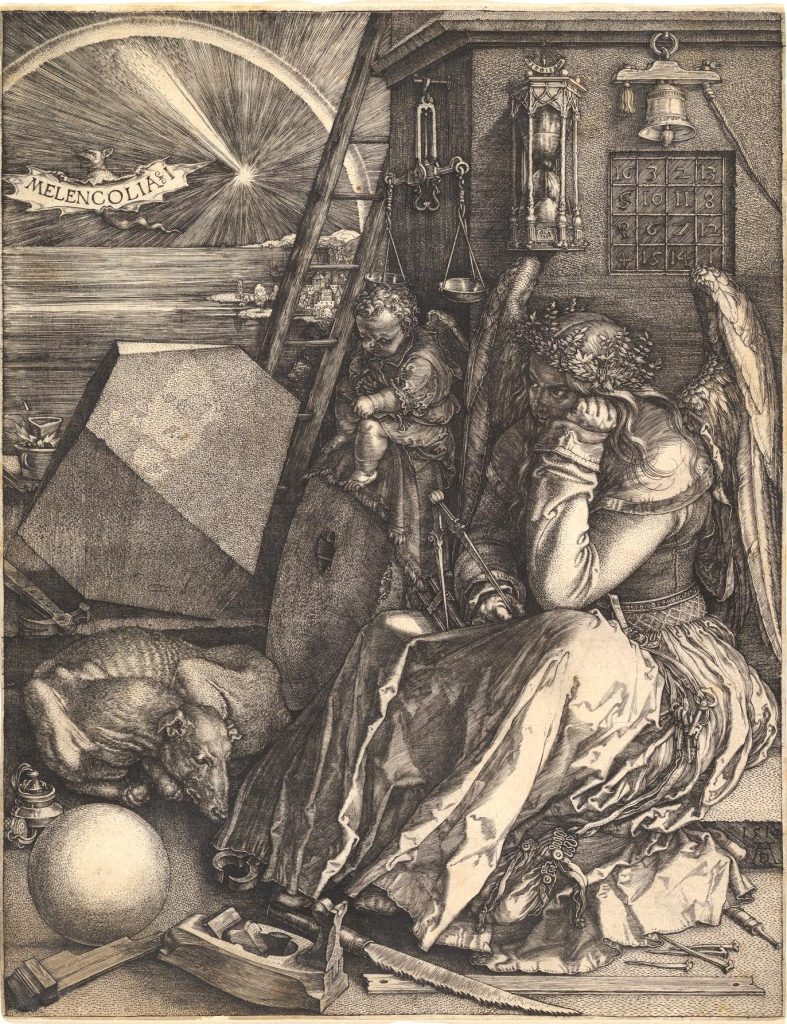
2010s-Present: A Return to Roots and Embrace of Innovation
The last decade has witnessed a resurgence in traditional crafts alongside the further evolution of online platforms for showcasing art. Artists are increasingly blending old techniques with new technologies, reflecting a desire for interdisciplinary practice. Social media platforms such as Instagram have become vital for artists to reach wide audiences, allowing them to engage with both local and global communities in real-time. This fusion of the traditional and digital reaffirms art’s role as a catalyst for personal expression and societal dialogue.
This historical exploration into artistic hobbies reveals how these practices have served not just as outlets for individual creativity but also as vital links fostering community and shared experiences. The intricate relationship between art and society underscores the invaluable role that these hobbies play in enriching lives and encouraging a deeper understanding of the human experience.
DISCOVER MORE: Click here to learn how crafting can boost your mental well-being</p
Artistic Hobbies: A Mirror of Societal Change
The progression of artistic hobbies mirrors the shifts in societal values and technological advancements, creating a rich tapestry of expression from one decade to the next. By diving into the layers of history, we can better understand how these hobbies not only thrive on personal creativity but also connect communities in both local and global spheres.
1920s-1940s: The Groundbreaking Shift
The early 20th century emerged from the shadows of war, replacing old artistic conventions with new, audacious forms. This period gave rise to an explosion of movements like Dadaism and Surrealism, which sought to capture the absurdities of life. Artists were no longer bound to representational styles; instead, they explored the realms of dreams and subconscious thoughts. Hobbies flourished as individuals engaged in painting and sculpting, often taking inspiration from the chaotic political landscape brought about by World War I and the beginnings of the Great Depression.
As a response to this upheaval, local art communities began to blossom. While “salons” and gatherings allowed artists to discuss their work and collaborate, **the emergence of community centers** provided the public with access to artistic education. Many cities across the United States embraced this cultural shift, encouraging residents to pick up brushes, clay, and other mediums to enact their own forms of expression. The exploration of artistic hobbies during this time not only served as a personal outlet but also as a unifying force amidst societal challenges.
1950s-1960s: Exploring Individuality Through Craft
The post-war years ignited a revolution in artistic expression, significantly influenced by the rise of the DIY movement. The 1950s and 1960s became synonymous with a cultural awakening, where traditional hobbies like knitting, quilting, and pottery were embraced for their potential to empower individuals and promote community. As people flocked to craft fairs and workshops, the popularity of handmade goods burgeoned, reflecting a growing consumer dissatisfaction with mass-produced items. This era paved the way for numerous artistic outlets:
- Pottery: Individuals began crafting unique ceramic pieces, often using local materials and traditional techniques to create functional art.
- Knitting and Sewing: The rise of homemade fashion became prominent, with DIY clothing and accessories symbolizing personal style over commercial trends.
- Printmaking: As artists experimented with diverse techniques, printmaking classes flourished, merging craft and fine art while making artistic practices more accessible.
Amid these cultural shifts, the Beat Generation emerged, championing artistic experimentation and inclusivity. Writers, musicians, and visual artists banded together in coffee shops and underground venues, fostering a creative dialogue rooted in freedom and self-expression. The rise of the counterculture movement emphasized authenticity, encouraging individuals to explore alternative art forms and personal hobbies in ways that had previously been uncharted.
1970s-1980s: The Age of Innovation and Identity
The vibrant styles of the 1970s and 1980s introduced a radical transformation in artistic hobbies. Artists began to experiment with a range of mediums and unconventional tools, moving beyond traditional canvases. This era saw the rise of Pop Art and Neo-Expressionism, where notable artists like Andy Warhol and Jean-Michel Basquiat captured cultural and commercial ethos through their vibrant artworks. Photography emerged as a celebrated medium, with pioneers such as Cindy Sherman using it to interrogate identity and social norms.
This period underscored a crucial hallmark in the evolution of artistic hobbies; they were no longer confined to the studio but became a form of activism and social commentary. Birdwatching or nature journaling gained traction as individuals sought deeper connections with their environments, showcasing a growing awareness of both societal and ecological issues.
Through each of these decades, artistic hobbies demonstrated a dynamic interplay between individual creativity and societal trends. As we venture further into the 1990s and beyond, we will uncover how future innovations and the digital age would continue to reshape these beloved forms of expression.
As we delve deeper into the historical progression of artistic hobbies, it is essential to recognize the impact of various socio-political events on our creative expressions. Throughout the decades, artistic hobbies have not only served as a means of personal expression but have also functioned as reflections of the cultural milieu in which they exist. The Roaring Twenties, for example, marked a significant shift in art as the liberation of societal norms inspired a plethora of new movements, from Surrealism to Jazz, influencing hobbies such as painting, dance, and music.The post-war era of the 1950s and 60s saw a surge in DIY crafting and home arts, fueled by the desire for self-sufficiency among a population experiencing rapid technological change. Hobbies like pottery, knitting, and woodworking became popular pastimes, embracing both nostalgia and innovation. As we entered the digital age of the late 1990s and early 2000s, hobbies began to migrate online. The rise of platforms such as Etsy has reshaped how we view artistic expression, allowing for an unprecedented level of accessibility to materials, communities, and marketplaces.In contrast, the 2010s ushered in a renaissance of traditional crafts—often termed the Craft Revival—as an antidote to the fast-paced digital world. People sought out tactile experiences, returning to the roots of artistic hobbies like knitting, calligraphy, and woodworking for their therapeutic benefits. The contemporary landscape of artistic hobbies showcases the remarkable evolution influenced by technology, culture, and the shifting values of society. Exploring these patterns not only enriches our understanding of the past but also provides insights into future artistic endeavors and the societal benefits they may hold. To illustrate the fascinating evolution of these artistic hobbies throughout the decades, refer to the table below that breaks down some key aspects.
| Category | Features & Benefits |
|---|---|
| Historical Movements | The influence of societal changes on art forms. |
| Digital Transformations | E-commerce platforms providing accessibility to creators. |
| Craft Revival | Return to traditional crafts for mental wellness. |
DIVE DEEPER: Click here to discover the healing benefits of crafting
1990s-2000s: The Digital Frontier and Globalization
As the world transitioned into the late 20th century and early 21st century, the rise of technology brought unprecedented changes to artistic hobbies. The 1990s initiated the digital revolution, promoting a diverse landscape of artistic expression that biennially melded craftsmanship with technology. Artists began exploring digital media, photography transformed into digital formats, and software like Adobe Photoshop became instrumental in art creation. This shift not only opened new avenues for creativity but also democratized the arts, making it easier for individuals to engage in artistic pursuits.
Online platforms gained traction during this time, allowing artists to showcase their work to a global audience. Social media emerged as a vital tool for sharing and networking, connecting like-minded individuals and communities. Hobbies such as digital illustration, graphic design, and photography flourished, as individuals sought to expand their skills and share their personal narratives. Platforms like DeviantArt and later Instagram became significant cultural spaces where artists could find their communities, trade ideas, and inspire one another.
The Emergence of DIY Culture and Sustainability
As we progressed into the 2000s, a keen interest in sustainability began to influence artistic hobbies. The realization of environmental crises and the impact of consumerism prompted a revival of traditional crafts infused with modern sensibilities. Recycling and upcycling became central themes in artistic practices, with artists incorporating found objects into their works. The green art movement encouraged a return to hands-on crafting, igniting a resurgence in hobbies like woodworking, embroidery, and sustainable fashion.
The DIY culture continued to expand into various aspects of life, with individuals turning to making their own home goods, personal care products, and art supplies. Community workshops and makerspaces began appearing across cities in the U.S., providing tools, resources, and spaces to cultivate creativity. These initiatives emphasized collaboration and teamwork, reinforcing not only the importance of individual expression but also the value of collective engagement.
2010s-Present: The Social Impact of Artistic Hobbies
As we moved into the 2010s, the connection between artistic hobbies and social impact became increasingly prominent. The advent of initiatives like Art Walks and community mural projects fostered public art appreciation while embracing local cultural narratives. Additionally, self-care became a driving force in the popularity of artistic hobbies. Activities like adult coloring books, knitting, and journaling exploded in popularity, regarded not only as creative outlets but also as therapeutic avenues for stress relief.
This contemporary landscape of artistic hobbies is characterized by inclusivity; art organizations and non-profits increasingly focus on engaging marginalized communities, allowing a diverse range of voices to contribute to the cultural narrative. The rise of various artistic collectives and workshops showcases the dedication to fostering talent across socioeconomic backgrounds, bridging gaps that have long existed in the art world.
The evolution of artistic hobbies over these decades demonstrates their capacity to adapt to cultural shifts, technological advancements, and societal challenges. As we continue to navigate this ever-changing landscape, it remains clear that the exploration of artistic expression serves not only as a personal pursuit but also as a means to foster community, promote healing, and assert identity in a dynamic world.
DIVE DEEPER: Click here to discover innovative sustainability trends
Conclusion: A Journey Through Artistic Expression
The remarkable journey of artistic hobbies over the decades showcases a fascinating interplay between cultural, technological, and social transformations. From the craft-centric practices of the early 20th century to the *digital frontier* of the 90s and the growing emphasis on sustainability and community in recent years, artistic hobbies have not only evolved but have also become vital reflections of societal values. Each era has contributed distinct flavors of creativity, driven by the changing landscapes of technology and individual needs.
Today, we witness a vibrant tapestry of artistic expression, enriched by multicultural influences and the democratic nature of the internet. Embracing DIY culture illustrates a collective yearning for authenticity and connection, as individuals reclaim creativity within a fast-paced consumer society. Moreover, the integration of social impact within these hobbies highlights art’s powerful role in fostering community engagement and promoting healing through self-expression.
As we move forward, the continued adaptation of artistic hobbies promises to unveil new dimensions of creativity. The growing focus on inclusivity and diverse voices allows for a broader narrative, one that embraces all individuals regardless of their background. By exploring artistic pursuits, we not only forge a deeper understanding of ourselves but also engage with the world in meaningful ways. This ongoing evolution invites us to reflect on the significance of artistic hobbies in our lives, encouraging further investigation and appreciation of this dynamic field. The future of art is not just in the hands of a few, but in the vast universe of creative possibilities that await exploration.
